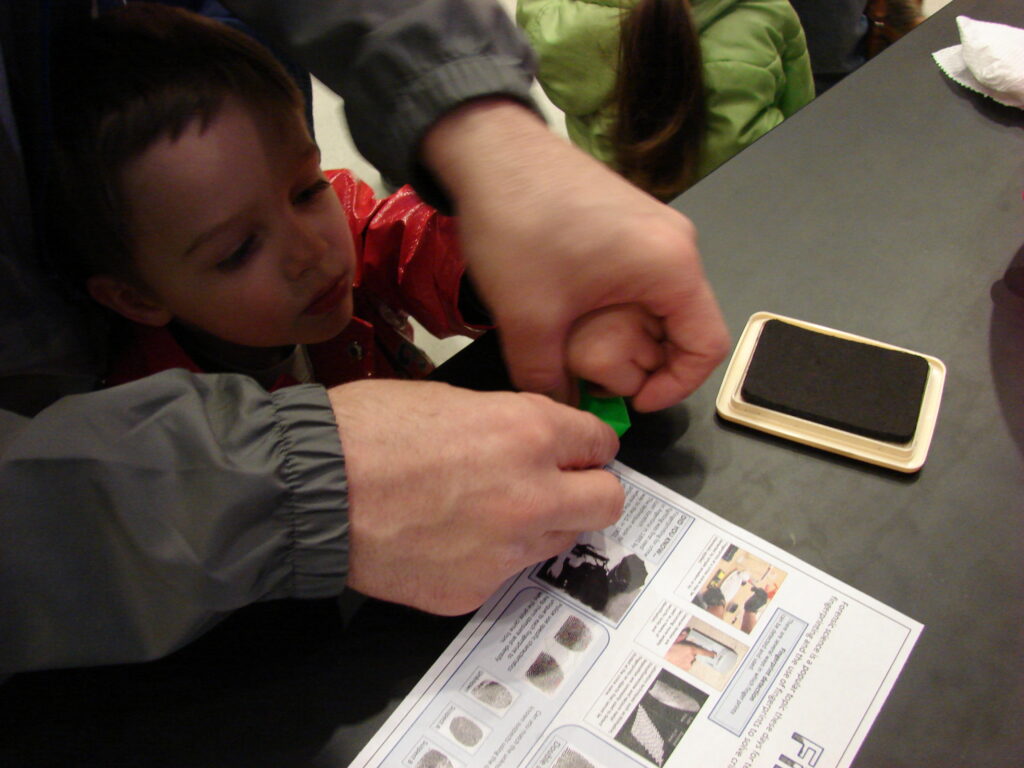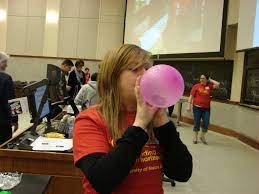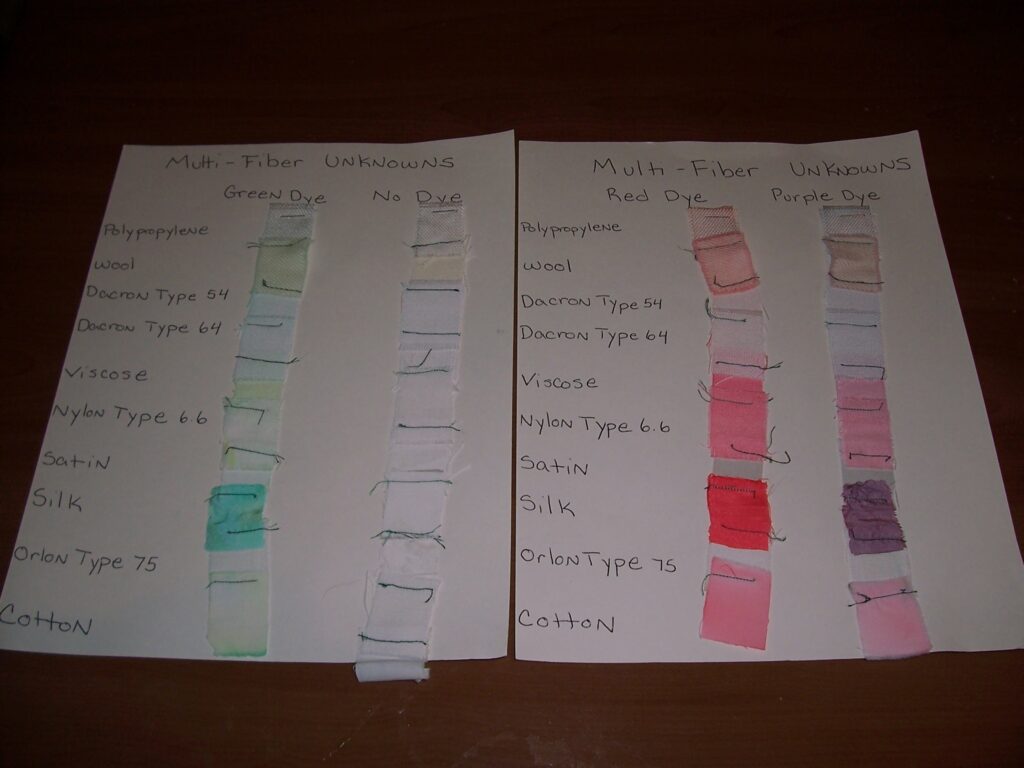 by: Michelle Bertke
by: Michelle Bertke
Would you love to teach forensics and crime scene investigation but cannot afford the kits offered? Don’t worry! Many products at Educational Innovations can be used together to make your own CSI kit and crime scene examination at an affordable price.
CSI Fingerprints
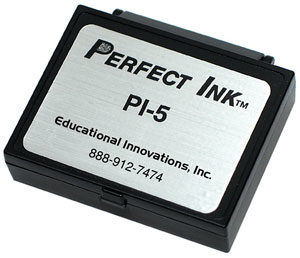 One of the most common tasks of a crime scene investigator is to check the scene for fingerprints. Analyzing a student’s fingerprints can be as simple as one, two, three!
One of the most common tasks of a crime scene investigator is to check the scene for fingerprints. Analyzing a student’s fingerprints can be as simple as one, two, three!
One, collect an ink pad, a balloon, and a willing student.
Two, have the student firmly press one finger to the ink pad and then firmly press that finger onto a deflated balloon (down and up, don’t smear).
Three, blow up the balloon!
As the balloon is inflated the print will enlarge allowing you and your students to see the individual details of each finger print. This way, you don’t need any additional materials to magnify the print, and the finer details of each fingerprint can be easily observed.
Unknown Liquids
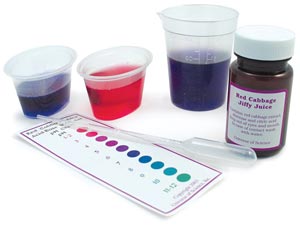 Red cabbage indicator can be used to make an entire activity out of pH discovery. You will need the following materials: Red cabbage indicator, test tubes/small containers, and various solutions. That is it!
Red cabbage indicator can be used to make an entire activity out of pH discovery. You will need the following materials: Red cabbage indicator, test tubes/small containers, and various solutions. That is it!
For the highest impact, a set of solutions with a wide range of pHs is best. These could be (from lowest to highest pH) vinegar, Sprite, water, soap, and baking soda. It is also best to use solutions that are all semi-clear if you are doing an unknown identification experiment.
First, have students use the red cabbage indicator to determine the approximate pHs of known solutions. It is also good to have them make other observations about the solutions before they add the indicator, ie: are there bubbles, is it cloudy?. For an extension on this concept, give the students an unknown solution and have them determine, though observation and pH, what that solution is.
Unknown Fabrics
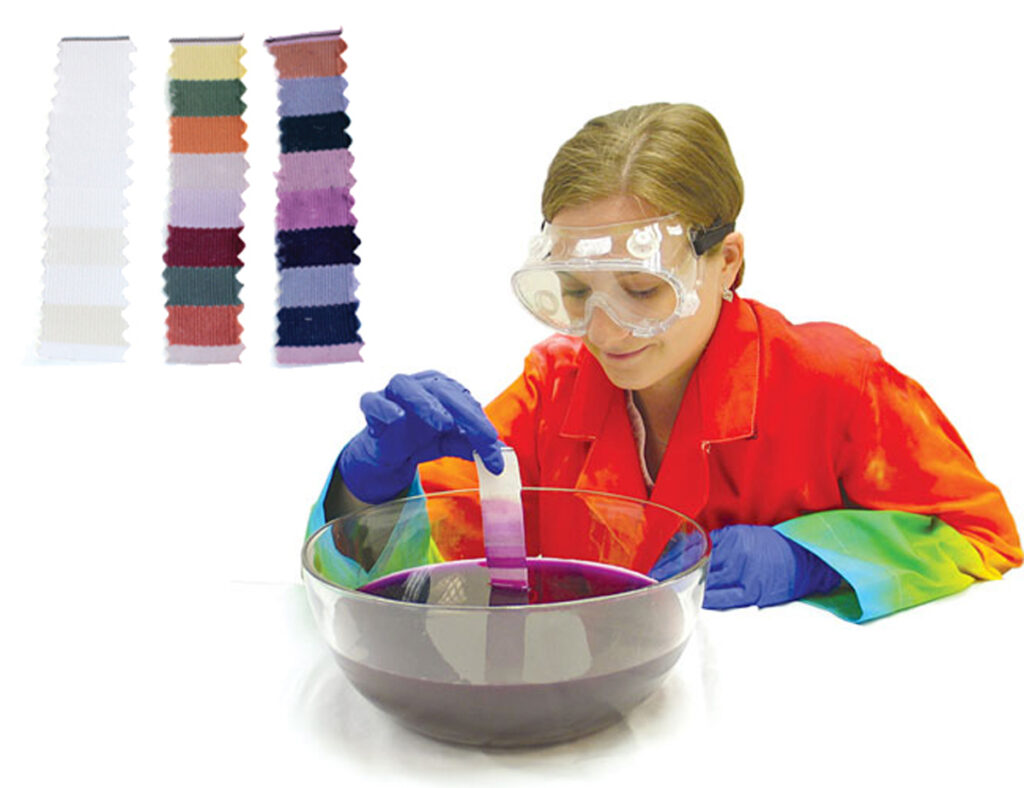 In addition to samples of unknown liquids, Educational Innovations also has samples of unknown fabric swatches available. By using individual samples of the fabric, a wonderful comparison experiment can be set up.
In addition to samples of unknown liquids, Educational Innovations also has samples of unknown fabric swatches available. By using individual samples of the fabric, a wonderful comparison experiment can be set up.
One way is to cut up and string together all the unknown white fabrics that you purchase. Then dye those fabric swatches with cool-aid, grape juice, or red food coloring; actually anything that will make a nice color.
Now students have a series of known fabric swatches to compare to their unknown sample. Pass out the remainder of the unknown white swatches to the students and have them make observations, just as with the liquids, about the feel and look of each fabric.
Next, have them dye their fabrics with each of the dyes used previously. This will allow your students to carry out the process of testing and observation.
No matter what your budget, you can carry out a great CSI activity!

